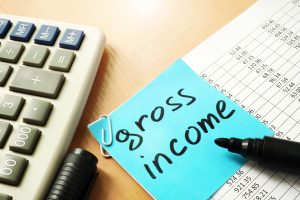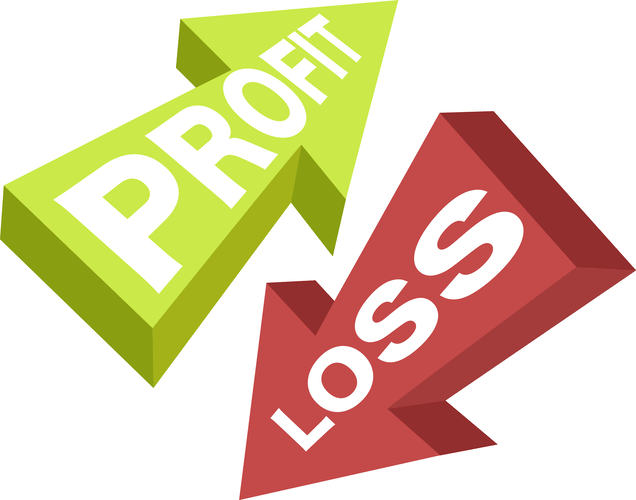
The objective is to meet the target cost without compromising quality, functionality or customer satisfaction. This technique is commonly used in industries where competition is fierce, and price sensitivity is high, such as manufacturing and automotive industries. While its focus is broader than just reducing cost, value engineering is used in cost control to optimize the online bookkeeping balance between cost, function and quality. It involves analyzing the functions of a project, product or service to identify ways to achieve the desired outcomes at the lowest cost without compromising quality or performance.
- Whether in manufacturing or daily operations, identifying and mitigating sources of waste, be it material or time, contributes directly to cost savings.
- This method is straightforward and can be useful for projects with repetitive tasks or well-defined unit costs.
- In short, cost control is a strategic tool that balances financial stability, profitability, and growth, empowering organizations to thrive in a dynamic business environment.
- The XVS metric has an over 90% correlation to audience perception as measured by Mean Opinion Score (MOS).
- Proper cost control management ensures that cash flow remains healthy and stable.
- Cost variance is the difference between the amount you budget for a project or task and the actual amount you end up spending to complete the project.
- The middle alternative is generally considered to yield the best results, since it sets an achievable standard.
The difference between a cost and an expense
- This process can be done manually or sped up with spend management software like Precoro, which automatically notifies users about over-budget purchase orders.
- Cost control ensures projects remain financially viable by keeping expenses in check.
- A cloud-based system like an expense management software can be accessed from a compatible device anywhere in the world as long as you have an internet connection.
- And finally, companies should incorporate a cohesive change-management program to articulate and embed value-oriented mindsets and generate employee engagement during and after the process.
- You should additionally set up approval processes for expenses based on different spend thresholds.
When you know how your business intends to deploy capital, it becomes easier to prioritize the expenses and initiatives you believe will truly move the needle while deprioritizing everything else. The management uses these technologies to produce a product at the lowest possible cost by identifying and eliminating any unnecessary costs and yielding more profits. In other words, the use of cost control analysis is to prevent cost waste from taking place and execute business operations within the pre-determined cost standards. Being able to monitor costs in real time is important, but that’s only part of a thorough control cost process. This is a process that needs constant monitoring, but there are steps that you can implement before the project begins to set the stage for controlling costs. Like many cost control techniques, it’s all about comparing the actual costs against the planned costs to identify if there’s a discrepancy between them.
Revolutionize your cost control strategy with Volopay!
- This technique helps in measuring cost performance and improving cost control measures.
- Organizations will need to adapt quickly to changing market conditions, adopt flexible cost structures, and leverage innovative solutions to maintain cost efficiency and competitiveness.
- Volopay provides support through customizable controls, policy enforcement, and real-time insights.
- Although cost reduction is important, it’s not a one-and-done solution and might not be the best option for everyone.
- As in any industry, cost control in project management follows similar lines of collecting actual costs and comparing them to the planned costs of the project.
A typical example of cost control would be a business switching suppliers for parts or raw materials in order to reduce their production costs and increase profitability. In the program’s first year, the company has exceeded management’s cost and margin objectives, delivering more than $1 billion in Car Dealership Accounting gross cost savings, of which 25% was reallocated into growth areas. Equally important, the organization is more efficient, agile, and responsive to changing market dynamics, with more autonomy pushed down to the local level. The primary goals of cost control include preventing overruns, maximising resource efficiency, and ensuring that financial outcomes align with the project’s goals. These objectives support timely delivery, high-quality results, and satisfied stakeholders. Even in good economic times, cost control is important because it improves your company’s ability to operate from a position of strength.
Cost Control vs. Cost Reduction
- Pricing strategies involve setting competitive prices that balance customer value and profitability.
- Only when leaders performed a detailed organization redesign—eliminating positions and reshaping roles and accountabilities—did the company capture expected savings.
- Whether it’s traditional contracts with distinct design and construction responsibilities or integrated project teams, we assist clients in selecting the approach that resonates with each project stage.
- Organizations are now able to use software tools and analytics to their advantage and conduct a thorough analysis with far more ease than ever before.
- This focuses on developing strong relationships with suppliers to negotiate favorable pricing, terms, and conditions.
- Team members need to communicate potential cost issues or changes that could impact the project.
- While earned value refers to actual work completed, planned value is the work that should have been completed by a set time.
These cost control software solutions can empower organizations to proactively manage expenses, reduce wasteful spending, and achieve greater financial efficiency. By employing these cost control techniques and methods, organizations can proactively manage expenses, optimize resource allocation, and drive financial efficiency and stability. Earned Value Management (EVM) is a project management technique that integrates cost, schedule, and performance data. It helps in tracking the value of work completed in relation to the planned budget and schedule. EVM helps organizations to monitor project costs effectively, assess performance, and take corrective actions. Effective cost control management streamlines processes and improves overall operational efficiency.


The unit rate method calculates production costs based on the cost per unit of work, such as the cost per hour of labor or the cost per unit of material. This method is straightforward and can be useful for projects with repetitive tasks or well-defined unit costs. Implementing a procurement management system and negotiating with suppliers can lead to significant cost savings. These days, corporate cost control considerations are also linked to the labor shortage. To combat growing labor costs and drops in productivity, businesses big and small are increasingly turning to robots. Many corporations regularly evaluate the cost and effectiveness of their business software.

Importance of Cost Control In Construction
Global geopolitical events and natural disasters are particularly devastating since businesses are often hit with unexpected costs during these trying times. Lower expenses and more savings in your pocket give you more room to invest funds in new projects and allocate resources to areas that drive business cost control goals. Not only that—if the company suddenly faces unexpected challenges (recession, supply chain disruptions, or equipment failure), it can quickly cover the cost with minimal damage.
